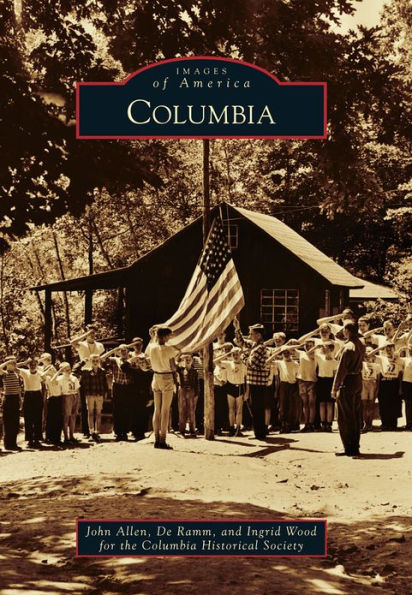Nestled in the crossroads of Connecticut's eastern highlands, Columbia was home to Eleazar Wheelock's Moor's Indian Charity School, founded in 1754. This Puritan parish was transformed by the early-19th-century Industrial Revolution and was later changed into an exurb of Hartford by the 20th-century automobile. Beginning in 1720, Columbia residents harnessed waterpower for all manner of mills, including grist, cider, sorghum, carding, fulling, saw, shingle, and wood turning. Hop River Village was the site of the first large-scale industrial cotton mill in Connecticut in 1837. Today, the mills are long gone. The Ten Mile River, Hop River, dramatic Columbia Lake Ravine, Utley Hill Preserve, and pristine Columbia Lake hold clues to a once bustling commercial center. Post-World War II Columbia grew into a vital residential, recreational community with small industries and an agricultural heritage.



